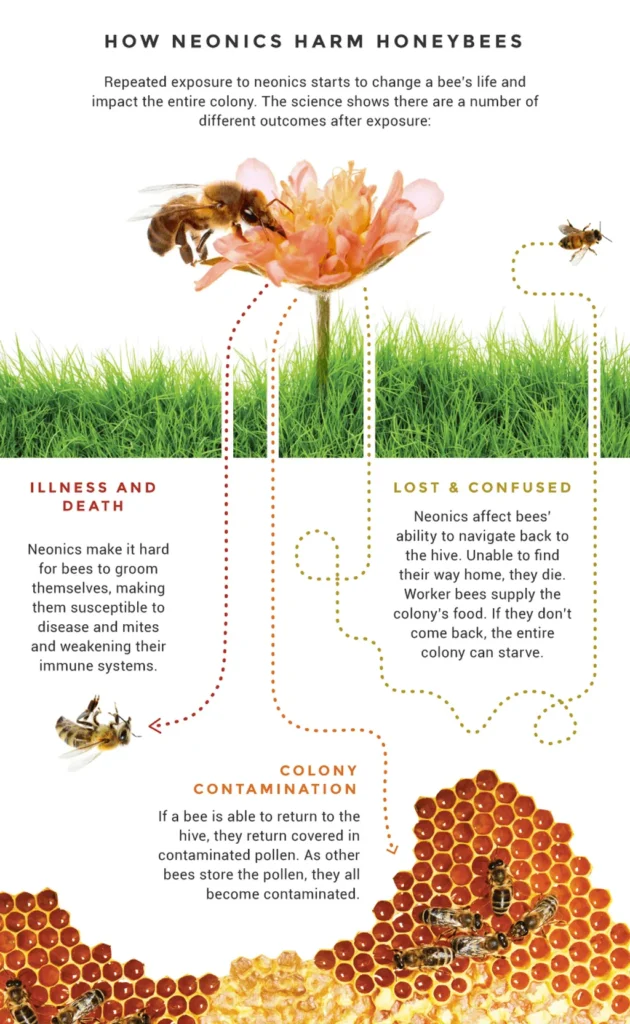In the heart of agricultural science, a new systematic review is buzzing with implications for both farmers and the environment. Led by Daisy J. Dennis, this comprehensive study, published in the journal *Frontiers in Bee Science* (which translates to *Frontiers in Bee Science* in English), delves into the effects of neonicotinoids on bumblebees, those vital pollinators that play a crucial role in crop production. The findings are as complex as they are concerning, highlighting significant gaps in our understanding and underscoring the need for more diverse research.
Neonicotinoids, a class of systemic insecticides, have been widely used in agriculture to protect crops from herbivorous pests. However, their persistence in pollen and nectar has raised alarms about their impact on non-target organisms, particularly bumblebees. “The geographic bias in research is striking,” notes Dennis. “Over 80% of the studies we reviewed were conducted in the UK and the U.S., leaving vast regions of the world understudied.”
The review, which followed PRISMA 2020 guidelines, identified 52 primary studies that examined the effects of neonicotinoids on bumblebees. The most commonly studied species were Bombus terrestris, B. terrestris audax, and B. impatiens, while imidacloprid, thiamethoxam, and clothianidin were the most frequently tested compounds. “We found that behavioral alterations, particularly in foraging and cognition, were the most prevalent effects,” Dennis explains. “Reproductive health and physiological impacts were also reported, but direct assessments of pollination efficiency remain limited.”
The commercial implications of these findings are significant. Bumblebees are essential for pollinating a wide range of crops, from fruits and vegetables to nuts and seeds. Any disruption in their behavior or health can have cascading effects on agricultural productivity and, by extension, the global food supply. “The prevalence of sublethal effects raises concerns for colony health and pollination services,” Dennis warns. “This underscores the need for further research to inform sustainable agricultural practices and conservation strategies.”
One of the most glaring gaps in the current research is the lack of studies on certain neonicotinoid compounds and bumblebee species. For instance, only a single study was found on B. ephippiatus, and there are currently no published studies assessing the impact of nitenpyram or dinotefuran on bumblebee health and behavior. “This review highlights the need for more geographically and taxonomically diverse research,” Dennis emphasizes. “We need to understand the full scope of neonicotinoid impacts to develop effective mitigation strategies.”
As the agricultural sector continues to grapple with the challenges of sustainable pest management, this review serves as a critical reminder of the interconnectedness of ecosystems. The findings call for a more holistic approach to agricultural practices, one that balances the need for pest control with the preservation of vital pollinators. “The future of agriculture depends on our ability to protect and sustain the very organisms that support our food systems,” Dennis concludes. “This research is a step towards that goal, but there is still much work to be done.”
In the ever-evolving landscape of agritech, this study is a call to action for researchers, policymakers, and farmers alike. As we strive for more sustainable and efficient agricultural practices, understanding the impacts of neonicotinoids on bumblebees is not just a scientific endeavor but a commercial imperative. The buzz of bumblebees in our fields is a sound of productivity, and protecting them is a step towards securing our future.

